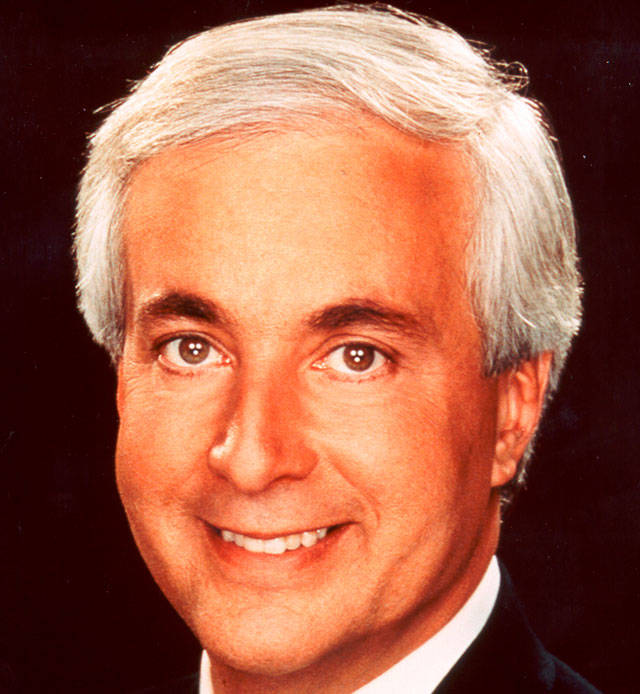Walking my dog Dorothy a few months ago I didn’t recognize the fellow waving from the white car until he stopped to say hello. Turns out it was Ed, a casual acquaintance, whose wave I hadn’t acknowledged because I couldn’t see him through the tinted glass.
Since then I’ve made it a point to wave at every car that passes on our quiet street. Maybe I know the driver, perhaps I don’t. But the wave can’t hurt; in fact, it’s rather nice.
Nowadays, with social distancing, we’re all doing a lot more waving. Folks keep their distance but most wave, salute or signal — acknowledging that we’re in this together. Jerry Seinfeld’s old complaint that people don’t offer a proper “thank you wave” doesn’t hold in coronavirus times.
I’ve long been intrigued by simple hand signals. As kids we thought we knew a big secret: If you made a pulling motion with your arm as a truck passed, the driver would respond with a blast of his air horn.
Sitting on the observation deck at our local airport I’ve noted that the ground crew — those folks with the orange flashlights — give each pilot a final salute, which is always acknowledged with a salute from the cockpit. It’s a civilian version of scenes in “Top Gun” when Tom Cruise and the other fighter pilots salute the guys who send them off the aircraft carriers. Another old film, “The Sting,” features a band of lovable con men who identify each other with a forefinger salute across the nose.
It’s believed the origin of hand saluting was in Roman times. A citizen who wished to approach a public official raised his right hand to show that he was not carrying a weapon. According to the Armed Forces Museum, the modern salute evolved as a show of respect. “By 1820, the gesture was officially modified to the current version still used in the military today — the touching of the hat. Hand salute, palm down is believed to be an influence of the British Navy, as deck hands were often dirty and to expose the dirty palm was regarded as disrespectful.”
Many of us will never forget the sight of 3-year-old John-John Kennedy saluting his father’s casket as it was carried from St. Matthew’s Cathedral.
During the crisis, President Trump favors the simple thumbs up. Some give the A-OK sign, forming a circle with thumb and forefinger. You might use two hands to make a hand-heart gesture, popularized by the singer Taylor Swift. Or maybe the Hawaiian Shaka, a waggle of the upward thumb and forward-pointing pinkie with the middle three fingers curled to the palm. Perhaps just a nod to strangers crossing the street.
A hand on the heart, often accompanied by a soft pat-pat on the chest, is better than words when it comes to saying “thank you” and “I really care.”
While walking Dorothy the other day I stopped to watch the mail carrier make a delivery across the street. As he pulled away, I felt compelled to offer a military-style salute. He slowed, turned slightly, and saluted back.
Sometimes the smallest gestures have the biggest meaning.
Peter Funt is a writer and speaker.



